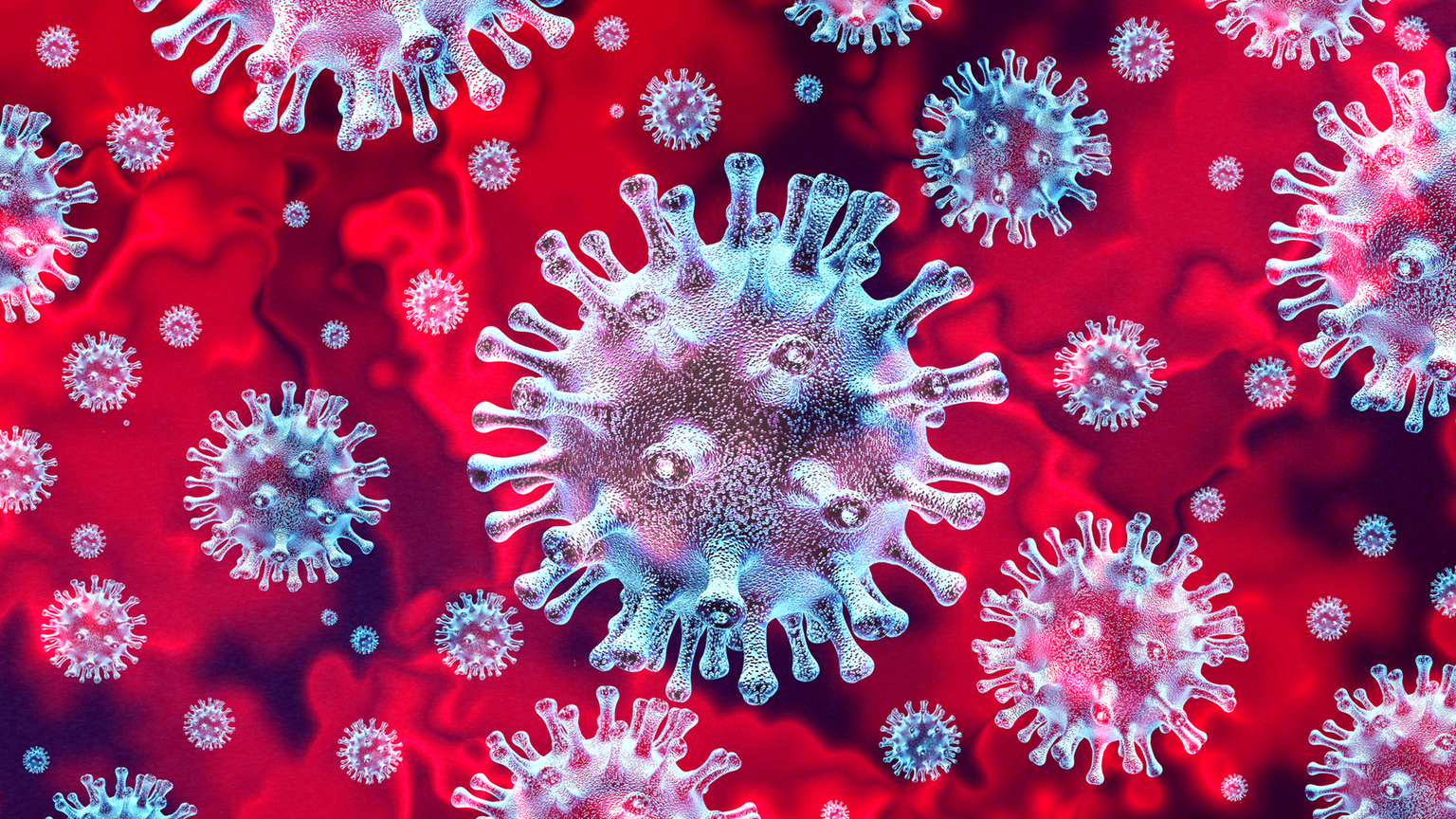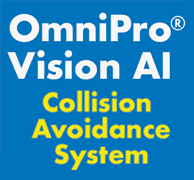OSHA Publishes COVID-19 Preparation Resources

March 12, 2020 - OSHA has released its "Guidance on Preparing Workplaces for COVID-19" in order to assist organizations with emergency management plans following the widespread virus outbreak in the United States.

The document, which was developed in conjunction with the U.S. Department of Health & Human Services (HHS), provides recommendations regarding safe work practices and personal protective equipment based on different levels of exposure and other risk factors.
“Protecting the health and safety of America’s workforce is a key component of this Administration’s comprehensive approach to combating the coronavirus,” said Loren Sweatt, principal deputy assistant secretary for occupational safety and health, in a media statement. “This guidance outlines practical ways that employers and workers can address potential health risks from the coronavirus in their workplaces.”
The agency also recently published a COVID-19 webpage directed toward workers and employers.
"For employers who have already planned for influenza pandemics, planning for COVID-19 may involve updating plans to address the specific exposure risks, sources of exposure, routes of transmission, and other unique characteristics of SARS-CoV-2 (i.e., compared to pandemic influenza viruses)," OSHA writes. "Employers who have not prepared for pandemic events should prepare themselves and their workers as far in advance as possible of potentially worsening outbreak conditions. Lack of continuity planning can result in a cascade of failures as employers attempt to address challenges of COVID-19 with insufficient resources and workers who might not be adequately trained for jobs they may have to perform under pandemic conditions."
OSHA states it is "actively reviewing and responding to any complaints" regarding COVID-19. Educational outreach activities to educate the public are being implemented.
COVID-19 is spread through close person-to-person contact, which has led to the cancelation or postponement of conferences and festivals across the United States.
Those who come within 6 ft. of one another are at particular risk of contracting the virus, particularly when an infected person coughs or sneezes, sending respiratory droplets toward the mouths and noses of others who are nearby.
"It may be possible that a person can get COVID-19 by touching a surface or object that has SARS-CoV-2 on it and then touching their own mouth, nose, or possibly their eyes, but this is not thought to be the primary way the virus spreads," the agency states. "People are thought to be most contagious when they are most symptomatic (i.e., experiencing fever, cough, and/or shortness of breath). Some spread might be possible before people show symptoms; there have been reports of this type of asymptomatic transmission with this new coronavirus, but this is also not thought to be the main way the virus spreads."
The Department of Labor's Wage and Hour Division is examining common issues both employers and workers are facing as a result of the virus outbreak, specifically in regards to how wages and hours are affected under the Fair Labor Standards Act as well as job-protected leave under the Family and Medical Leave Act.
In addition, the Office of Workers' Compensation Programs has published guidance for federal workers. The document outlines the impact of the novel coronavirus and the Federal Employees' Compensation Act.Additional information about COVID-19 is available at the Centers for Disease Control and Prevention.


























